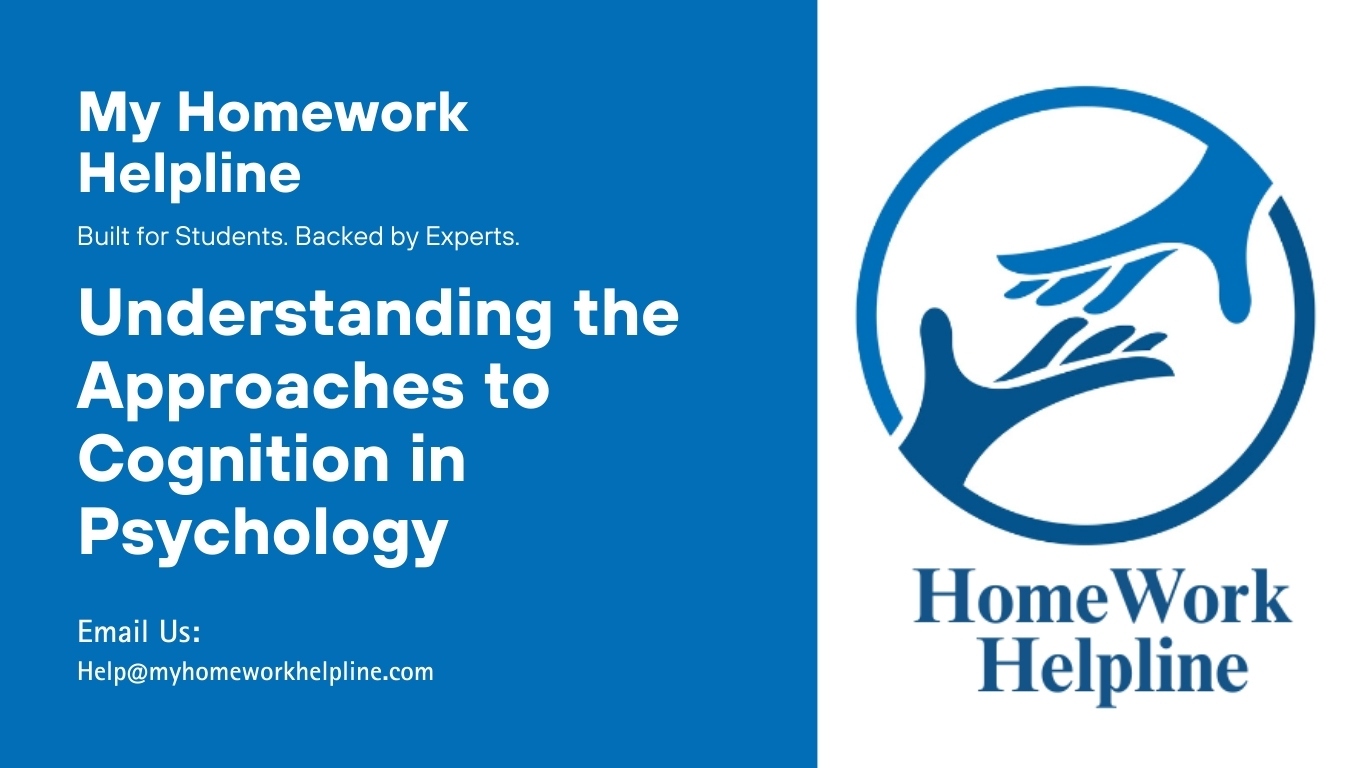Approaches to Cognition: Top-Down and Bottom-Up Processing Explained
Mental processes are complex based on how humans conceptualize and react to their environment (Katsuki & Constantinidis, 2014).. The main two approaches to Cognitive psychology, how humans process and react to information based on their environment, as well as neuroscience are addressed via the Top-down and Bottom-Up processing (Shea, 2015). The two approaches to cognitive processing help humans solve and make solutions to their different challenges.
Bottom-up Approach
The bottom-up approach is based on a strategy where humans process information by analyzing raw data from its simplest form. The output of the bottom-up approach solely depends on a data-driven process (Shea, 2015). For instance, humans tend to identify objects from their basic features, an illustration of the bottom-up approach. Listening to music also demonstrates how humans first consume the rhyme to interpret the song.
Deepen your understanding of approaches to cognition with expert academic guidance. Whether you’re analyzing top-down or bottom-up processing for your coursework, our team can help craft clear, well-structured assignments that impress your professors. Through our Psychology Homework Helpline, you can access tailored support to excel in your psychology essays, research papers, and cognitive theory projects.
Top-Down Approach
The top-down approach on the other hand begins with interpretation based on existing knowledge rather than raw data (Katsuki & Constantinidis, 2014). Humans make predictions of how people or situations may change based on their experiences (Katsuki & Constantinidis, 2014). Reading provides a scenario for the Top-down approach as humans are able to read based on their knowledge of a particular language.
Summary
The two cognitive processing approaches, top-down and bottom-up, impact people differently (Katsuki & Constantinidis, 2014). In the context of my life, the top-down approach appears to have a more profound impact. My choices and actions are primarily based on my past experiences rather than being solely raw data-driven. For instance, my decision to pursue a tech-oriented career path was largely shaped by my passion and the wide experience I gained from using personal computers.
References
Katsuki, F., & Constantinidis, C. (2014). Bottom-up and top-down attention: different processes and overlapping neural systems. The Neuroscientist, 20(5), 509-521.
Shea, N. (2015). Distinguishing top-down from bottom-up effects. Perception and its modalities, 73-91.

